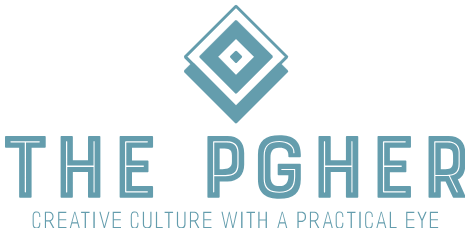I Tested the Makita 20 Volt Drill: My Honest Review and Top Tips for DIY Enthusiasts
As a DIY enthusiast and weekend warrior, I’ve often found myself on the hunt for the perfect power tool to tackle a variety of projects around the house. One tool that has consistently caught my attention is the Makita 20 Volt Drill. Known for its powerful performance and impressive versatility, this drill has become a…
